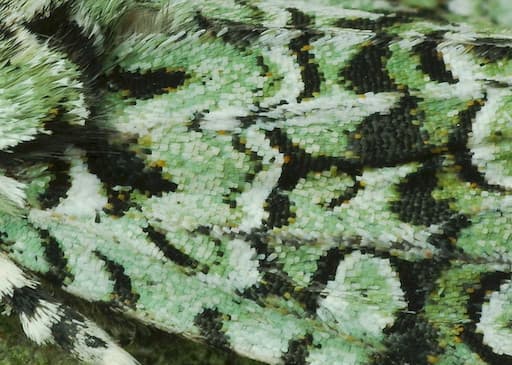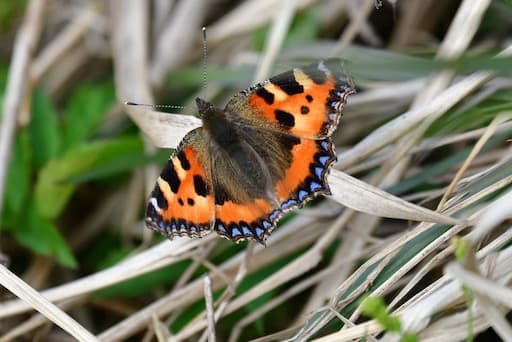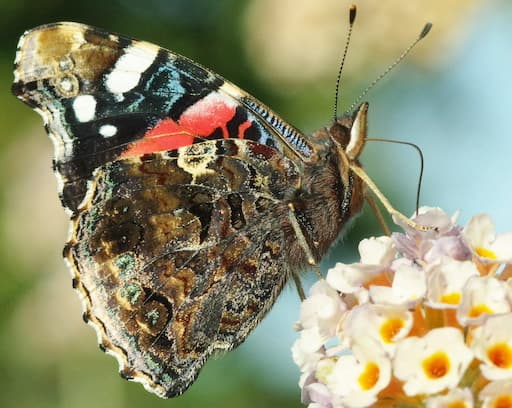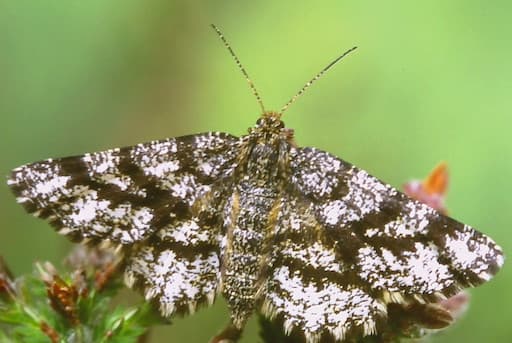What Makes A Moth a Moth?
It’s true that moths and butterflies can look pretty similar. In fact they do have lots in common, they both belong to the Lepidoptera order. They both have tiny scales covering their bodies and wings. To our eyes it seems like their wings are covered in fine dust - in fact that’s millions of tiny ridged scales, arranged in overlapping rows. These scales give them their colouring and markings.
There are 58 different types of butterflies in the UK, but an incredible 2,500 types of moths! In Scotland, 34 species of butterfly are regularly seen and 1300 species of moths!
So how do we tell if it’s a moth or a butterfly?
There are a couple of easy ways to sort your moths from your butterflies! Look out for these clues!
First of all look at the feelers or antennae - a butterfly’s antennae have slender long shafts with little rounded bulbs at the end.
A moth’s antennae are feathery or tapering, without the rounded bulbs at the end.
Now look at the wings - notice how butterflies rest with their wings held upright over their backs.
Most moths rest with their wings spread out flat.
You might think that butterflies are brightly coloured, and moths are dull in colour, and only fly at night - think again, there are some brightly coloured moths, and some dull, brown butterflies. Mostly butterflies have quite a lot of ‘hair’ on their thorax. And believe it or not, there are more day flying types of moths in the UK than butterflies!
Take a look at this video and play the moth/butterfly game!



This is part of the Moths and Caterpillars information.

